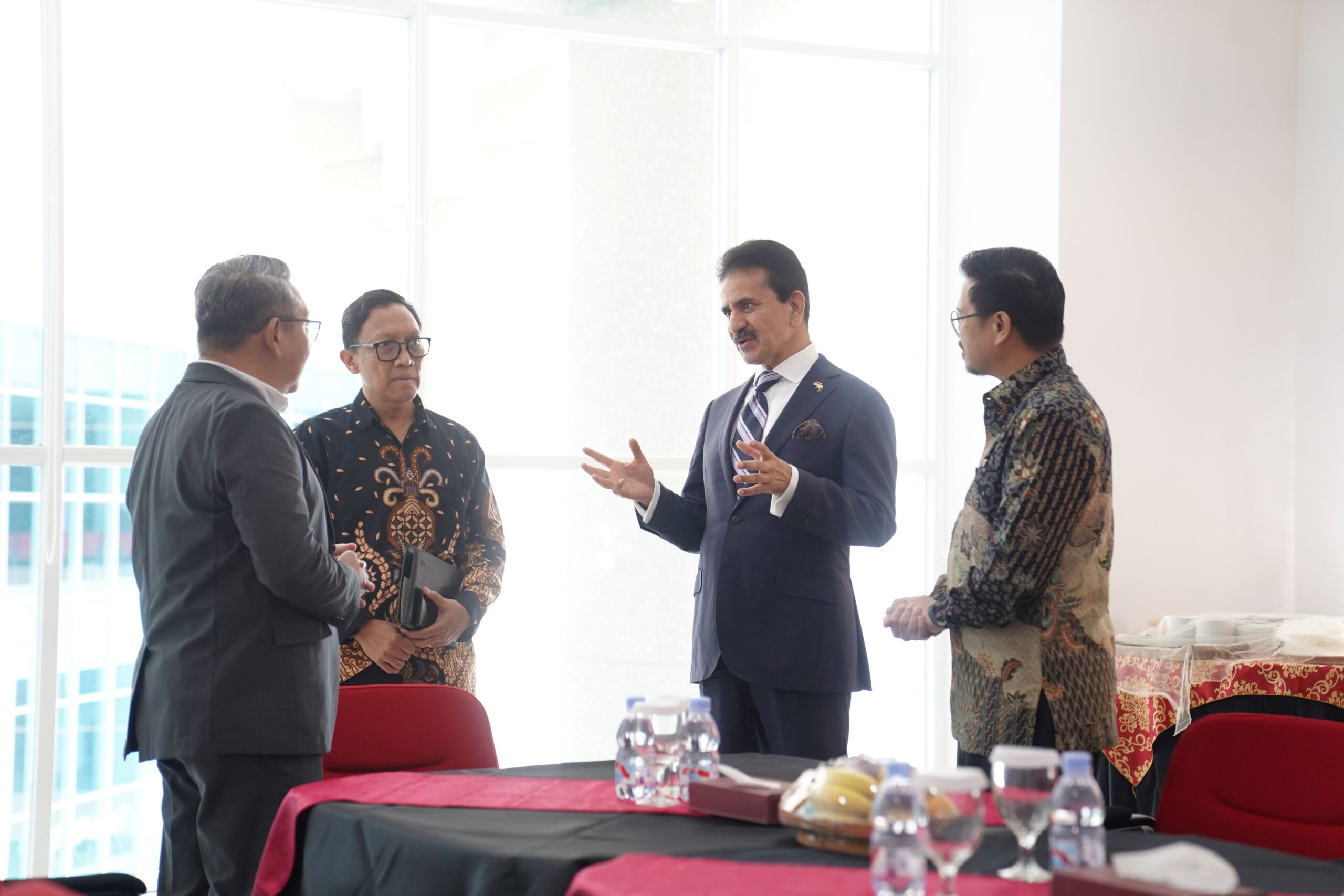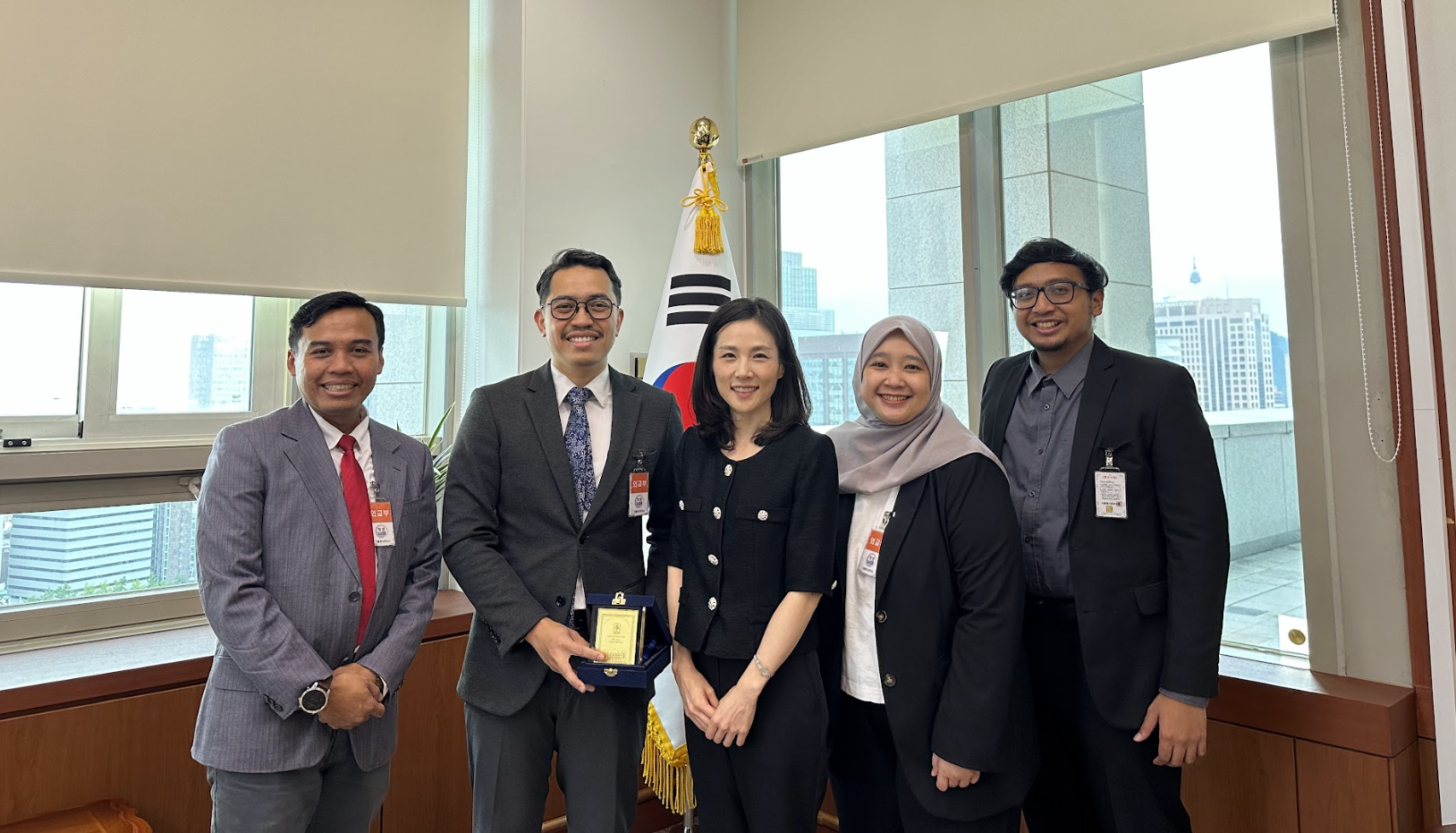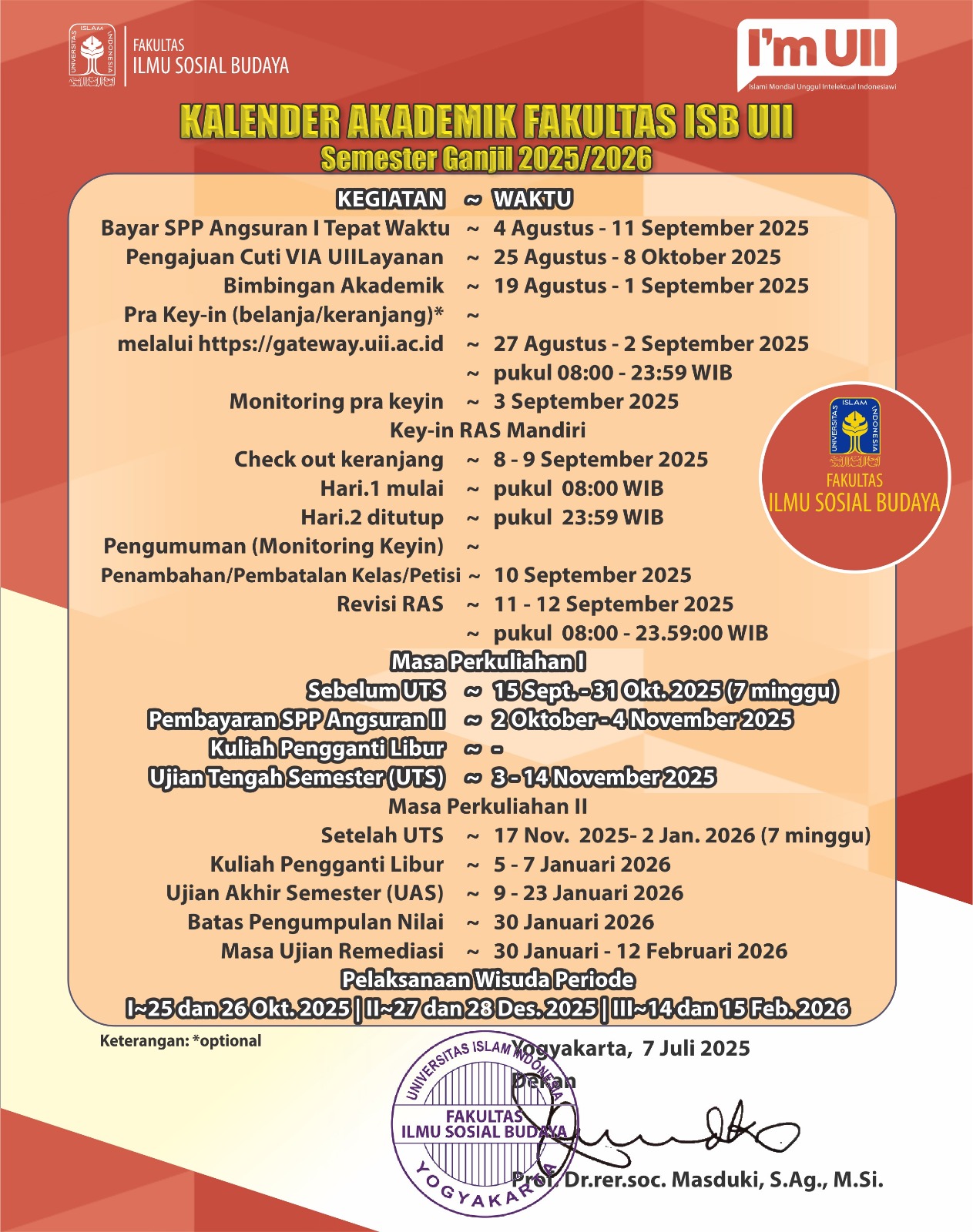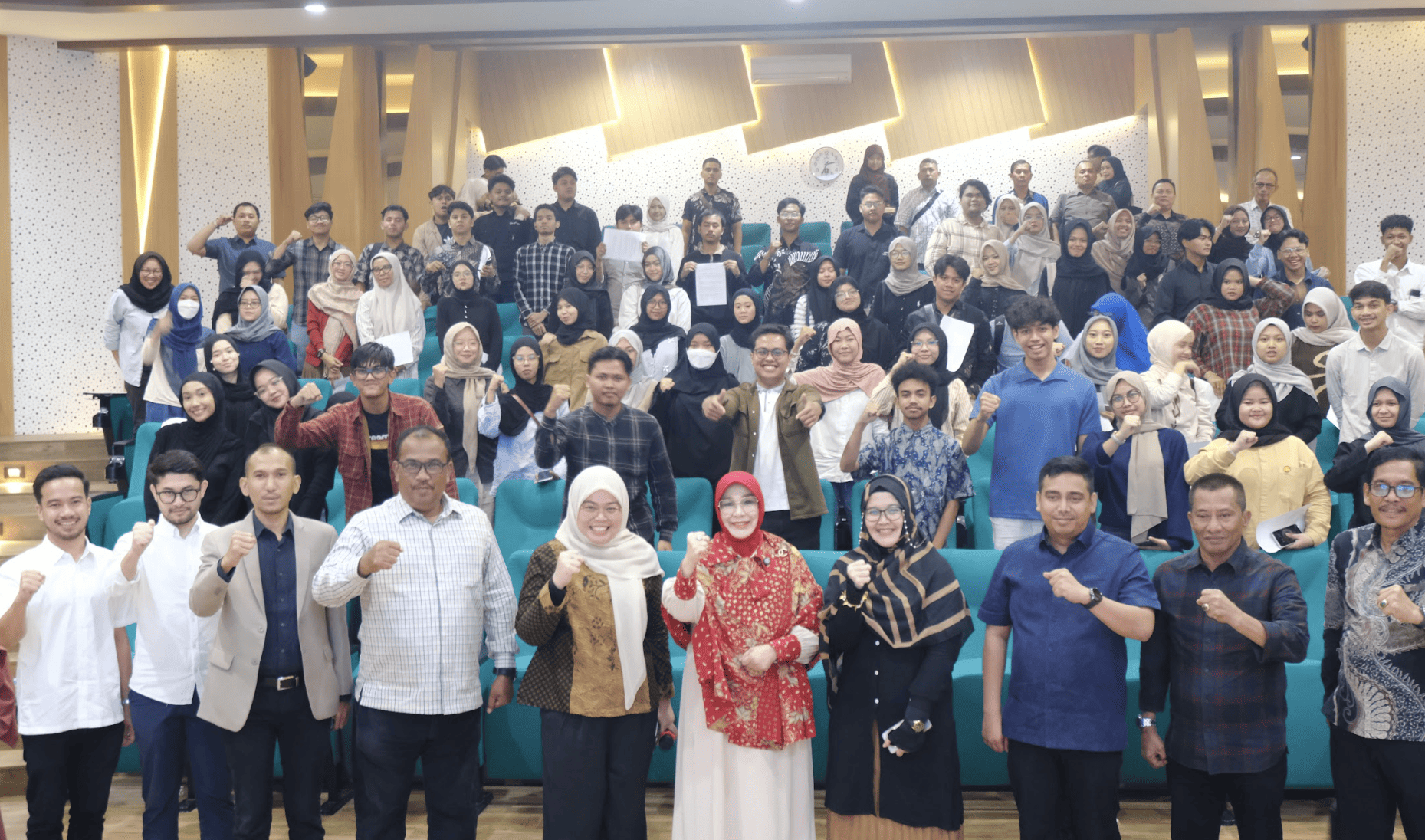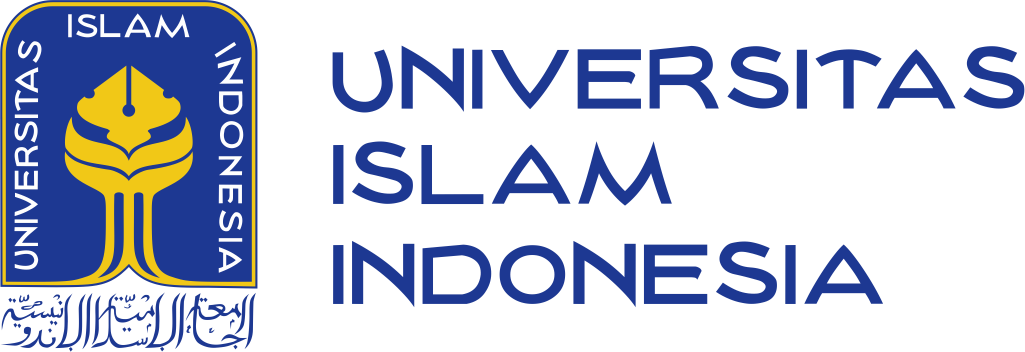Cats of Istanbul: History, Heritage and Its Relations with Human
Written by Muhammad Muchlisin Habibie

Picture 1. Cats in Hagia Sophia, Cats freely roam Hagia Sophia, adding charm to its historic grandeur.
Introduction
Istanbul, where the East meets the West, is eminent for its wealthy history, breathtaking design, and dynamic culture. However, one of the foremost inspiring viewpoints of this bustling city regularly goes unnoticed by the casual eyewitness: its residents’ profound standing cherish for creatures. In this highlight, we investigate the exciting bond between Istanbulites and the horde creatures that share their city, from the road cats and puppies to the incalculable fowls and other animals that discover haven in this urban scene.
The Heart of the City: A Historical Perspective
Istanbul’s relationship with creatures is profoundly established in its history. The city has been an asylum for creatures for centuries, with conventions dating back to the Hassock Domain. During that period, it was common for citizens to take off scraps of nourishment for stray animals, a practice that continues today. Numerous mosques indeed had uncommon water wellsprings for winged creatures and cats, encapsulating the Islamic lessons of kindness towards all living creatures.
This legacy of benevolence is evident within the city’s design. Numerous old and unused buildings highlight little openings and recesses planned to protect creatures. This mix of history and sympathy creates a unique urban environment where people and creatures coexist harmoniously. (Bromwich and Anderson 2017).
Street Cats of Istanbul: Beloved Residents
One can only talk of Istanbul by specifying its celebrated road cats. These cats are fundamental to the city’s personality, wandering unreservedly through the boulevards, parks, and shops. They are so omnipresent that they have become an image of Istanbul itself.
Istanbul residents have a profound love for these cats. Inhabitants frequently provide food, water, and shelter for them, and it’s not uncommon to see temporary houses or feeding stations set up by kind-hearted local people. This care extends beyond insignificant food; numerous Istanbulites guarantee that the cats get restorative consideration when required, frequently pooling assets to cover veterinary costs.
A few documentaries and movies, such as the globally acclaimed “Kedi,” have highlighted this special relationship. They tell the personal stories of a few of the city’s adored road cats and the individuals who care for them. These stories outline a significant sense of community and common regard between people and creatures. (Hart 2019)
Guardians of the Strays: Community Efforts
Istanbul’s inhabitants’ benevolence isn’t constrained to cats. Mutts, too, find asylum Cucumber in this city. Community endeavors to care for stray mutts are far-reaching, with numerous individuals giving nourishment and water daily. A few neighborhoods indeed have assigned bolstering ranges kept up by volunteers.
One outstanding case of community association is the work of nearby NGOs and animal welfare organizations. These groups organize standard bolstering and immunization campaigns, spay and fix programs, and protection operations for troubled animals. Their endeavors are supported by volunteers who commit their time and assets to improving the lives of Istanbul’s stray animals.
Moreover, innovation has also contributed to these endeavors. Versatile apps and social media groups have been created to arrange nutritious plans, report harmed creatures, and share data about misplaced pets. These digital tools have improved the community’s capacity to supply convenient and viable help to needy creatures.

Picture 2. Cats in Front of a Hotel in Istanbul, Cats lounge by Istanbul’s hotels, embodying the city’s vibrant street life.
Personal Stories: Acts of Kindness
Behind each stray creature in Istanbul may be a story of human kindness. Take, for example, the story of “Tombili,” a plump road cat who became a nearby legend. Tombili was known for his loose mien and notorious posture, sitting apathetically on the edge of a walkway. When he passed away, the nearby community was so moved by his misfortune that they commissioned a bronze statue in his resemblance, guaranteeing that his memory would live on.
At that point, there’s the story of the “Brilliant Horn Swans.” Within the colder months, swans relocate to Istanbul’s Brilliant Horn estuary. The inhabitants of the encompassing regions make it a point to nourish and secure these magnificent winged creatures amid their remains, illustrating a commitment to all animals, fantastic and little. These personal acts of benevolence confirm the compassionate soul of Istanbul’s inhabitants. They reflect a broader social ethos that values and regards all shapes of life, fortifying the city’s notoriety as a sanctuary for creatures.
The Role of Religion and Culture
Islam, the predominant religion in Turkey, plays a critical part in forming the demeanors of Istanbulites towards creatures. The lessons of the Prophet Muhammad emphasize thoughtfulness and leniency towards creatures. Stories from Islamic conventions, such as the lady pardoned by God for giving water to a thirsty canine, emphasize the significance of treating animals with sympathy.
Social homes, moreover, reflect this ethos. For illustration, taking off water and nourishment for fowls could be familiar, particularly amid hot summer months and unforgiving winters. This social propensity isn’t constrained to any particular gathering but may be a broad hone watched by individuals from all strolls of life. (Sakay 2020)
Challenges and Future Outlook
Despite the far-reaching sympathy, Istanbul faces challenges overseeing its stray creature populace. Packing, restricted assets, and periodic open well-being concerns pose critical obstacles. Nevertheless, the city’s inhabitants and organizations are ceaselessly working towards maintainable arrangements.

Picture 3. Cats in the Museum of Ethnography, Cats wander the museum, blending with its cultural displays.
Endeavors to extend mindfulness about dependable pet ownership, the benefits of spaying and fixing, and the significance of vaccination are progressing. Instructive programs in schools and community centers aim to instill these values in the younger generation, guaranteeing that the culture of compassion towards animals endures.
In the long term, Istanbul is expected to be a demonstration city for creature welfare. The collaborative endeavors of its inhabitants, coupled with support from nearby specialists and universal organizations, are clearing the way for a more organized and sympathetic approach to caring for stray creatures. (Istanbul TouristPass 2023)
Correlations with Turkey’s compliance with the animal welfare regime
Istanbul’s unique bond with its street animals reflects both historical and modern aspects of
Turkey’s adherence to animal welfare rules. The city’s deep love for the creatures is rooted in its history, with practices dating back to the Ottoman period. Residents continue to provide
le over food for stray animals, and many mosques offer water wells for winged creatures and
cats, embodying Islamic teachings of kindness to all living things. The cultural importance of
Istanbul’s street animals has contributed to a growing public awareness of animal welfare.
Documentaries like “Kedi” focus on the personal stories of beloved stray cats and their
caretakers, promoting community and mutual respect between humans and animals.
Community efforts to care for stray animals are widespread, with many providing food and
water daily. Local NGOs and animal protection groups organize sterilization programs,
vaccination campaigns, and animal shelters for animals in need. Despite challenges like
limited resources and public health issues, residents and city organizations continue to work
on sustainable solutions. Educational programs in schools and community centers aim to
instill values such as compassion for animals, ensuring a culture of kindness is maintained.
The long-term hope is that through joint efforts, Istanbul will pave the way for more organized
and compassionate treatment of wild animals and become a model city for animal protection.
(Lasco, 2024; Sakay, 2020).
References
Bromwich, Kathryn, and Gillian Anderson. 2017. “’I made a love letter to the city and the
cats.’” The Guardian.
https://www.theguardian.com/lifeandstyle/2017/jun/18/kedi-film-istanbul-street-cats.
Hart, Kimberly. 2019. “Istanbul’s intangible cultural heritage as embodied by street animals.”
Istanbul’s intangible cultural heritage as embodied by street animals, 05 06, 2019.
https://www.tandfonline.com/doi/abs/10.1080/02757206.2019.1610404.
Istanbul TouristPass. 2023. “Cats in Istanbul: Guardians of Tradition and Companions of
Istanbul.” Istanbul Tourist Pass.
https://istanbultouristpass.com/cats-in-istanbul-guardians-of-tradition-and-companio
ns-of-istanbul.
Lasco, Gideon. 2024. “For the Love of Cats in Turkey.” Sapiens.org.
https://www.sapiens.org/culture/cat-human-bonds-history-turkey/.
Sakay, Yasemin N. 2020. “Storytime: Istanbul and cats – bound together since Byzantine
times.” Daily Sabah.
https://www.dailysabah.com/life/history/storytime-istanbul-and-cats-bound-together
-since-byzantine-times.

